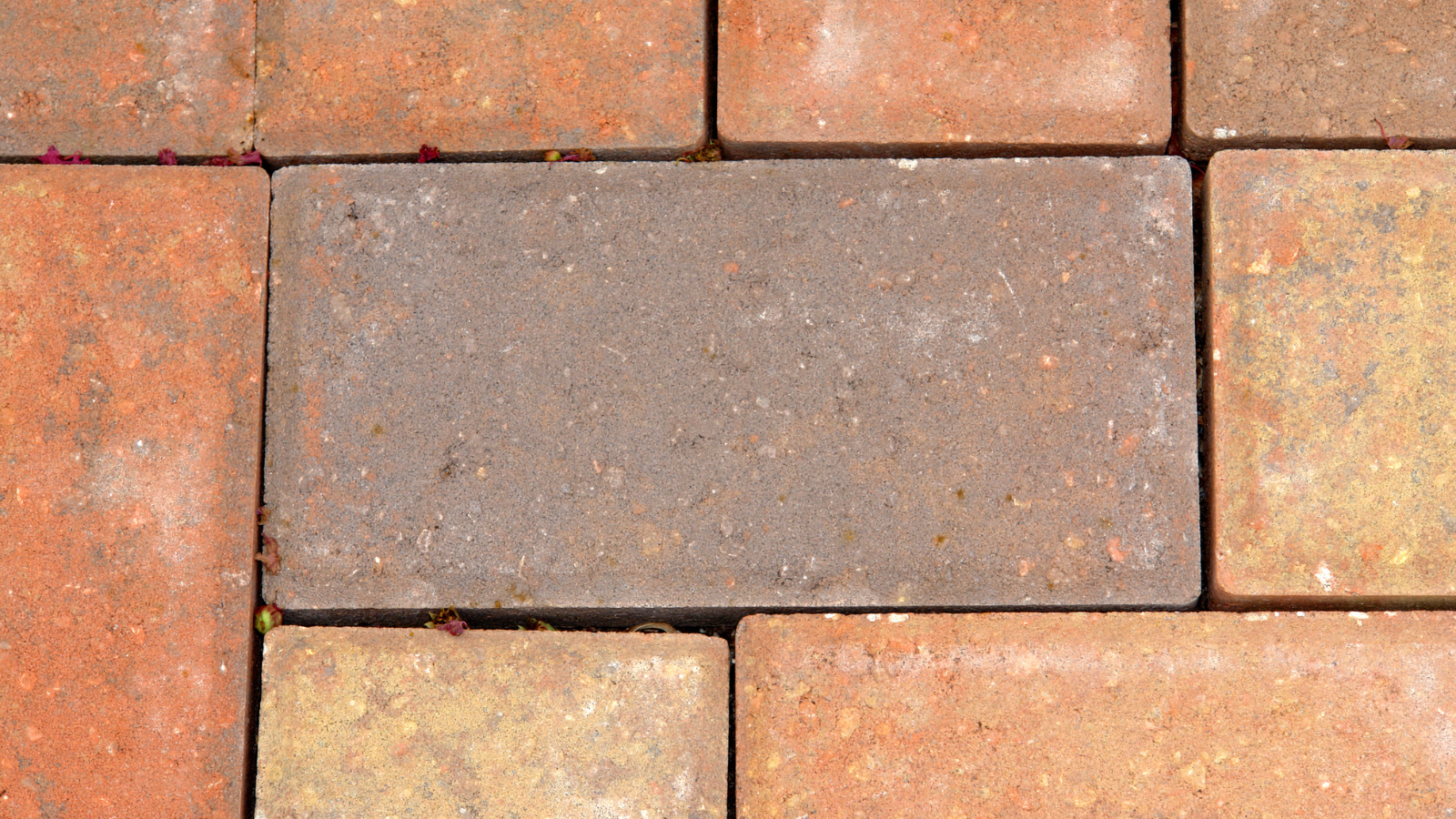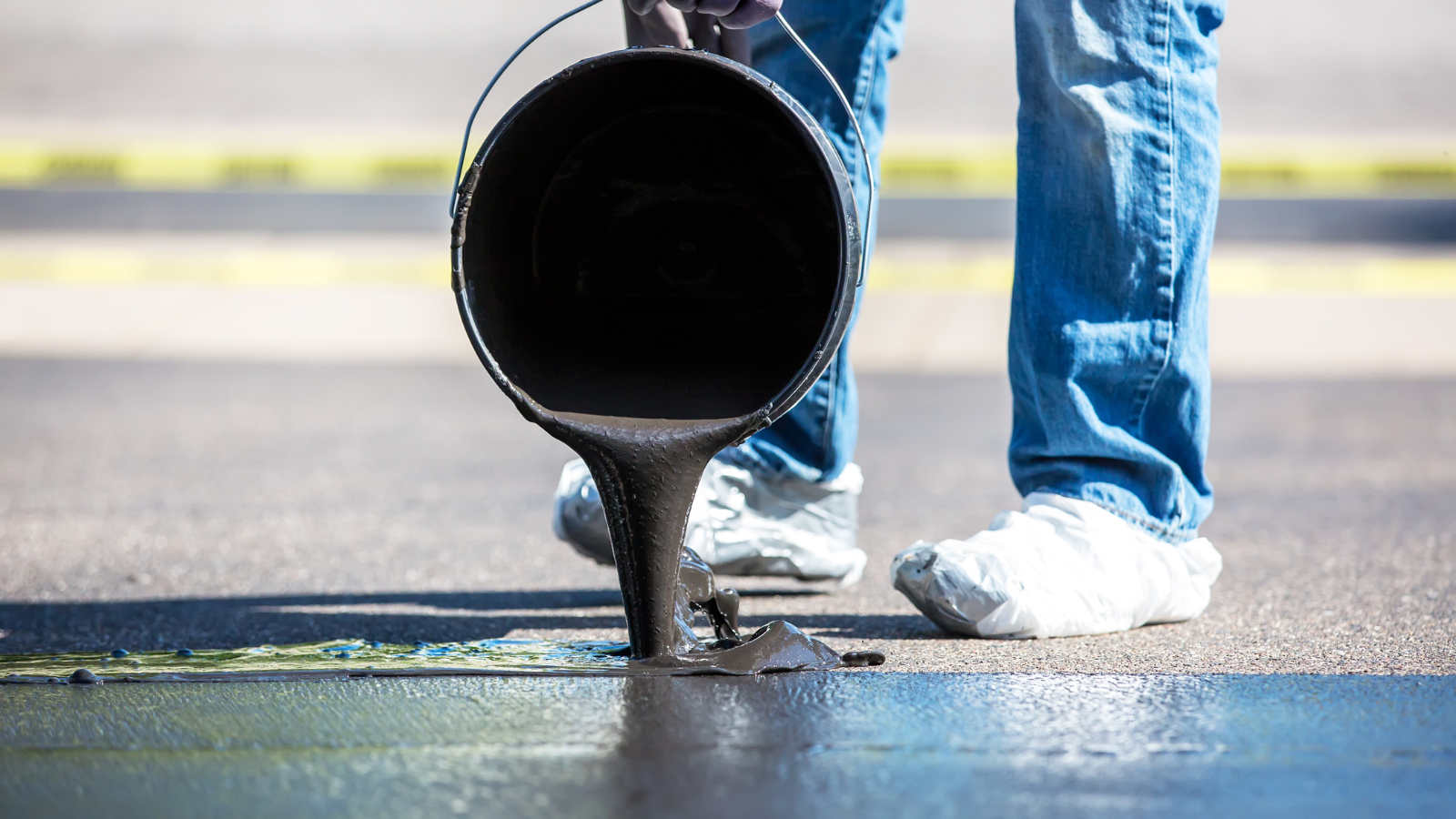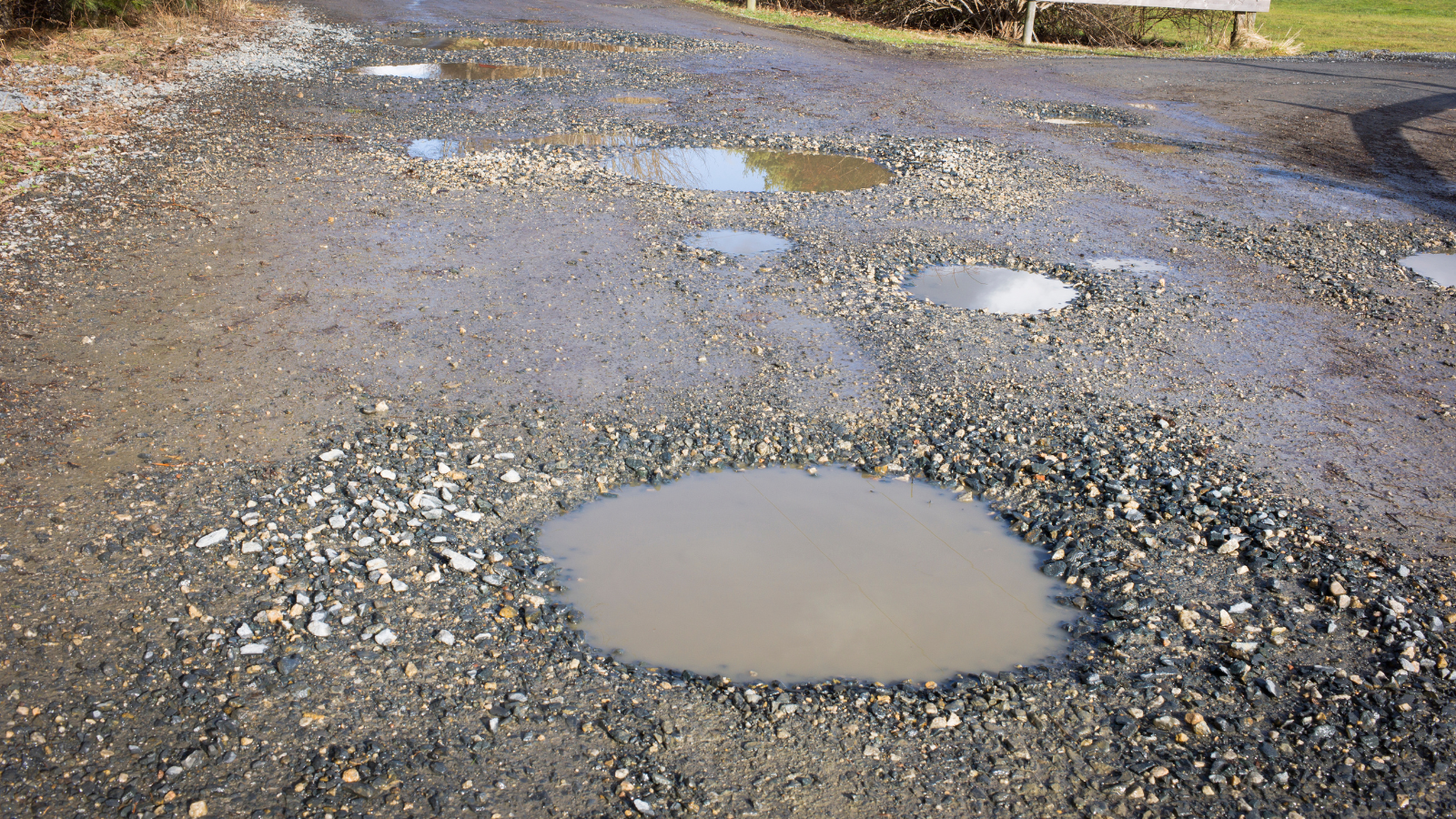Pavers are a well-liked option for outdoor areas because of its robustness and aesthetic appeal. However, over time, they can become stained and discolored. Recognizing the root causes and remedies for these problems is crucial for preserving the beauty of your pavers for years to come.
For high-quality asphalt paving, repair, and maintenance, choose Elizabeth Paving. We cater to residential, commercial, municipal, and industrial needs. Reach out to us at (908) 458-9401 during business hours, and expect a prompt response the same day.
What Causes Paver Discoloration?
Paver discoloration can be a common issue for homeowners due to various factors. Finding the underlying cause is the first stage in managing and preventing further discoloration.
Why Does Paver Discoloration Occur?
Discoloration happens when external elements or internal reactions alter the pavers’ appearance. This can result in uneven coloring, spots, or dullness, detracting from the original look of your outdoor area. Recognizing these causes allows you to take effective preventative measures.
9 Common Causes of Paver Discoloration
1. Weathering: Exposure to sunlight, rain, and extreme temperatures can cause pavers to fade or develop uneven coloring.
2. Water Stains: Mineral deposits left by water can create whitish stains on pavers.
3. Organic Debris: Leaves, flowers, and bird droppings can decompose on the surface, causing organic stains.
4. Oil and Grease: Spills from vehicles or barbecues can penetrate pavers, resulting in dark, stubborn stains.
5. Rust: Rust from metal furniture or tools can leave orange or reddish stains.
6. Efflorescence: A white, powdery substance may appear on pavers due to salt migration from within.
7. Chemical Spills: Cleaning agents or pool chemicals can cause discoloration if not thoroughly rinsed.
8. Algae and Mold: Damp or shaded places can encourage the formation of mold and algae. leading to green or black discoloration.
9. Poor Installation: Incorrect installation techniques can cause uneven settling and color variation.
Effective Methods for Removing Stains from Pavers
The method used for stain removal varies depending on the stain. Here are some effective methods:
1. General Cleaning: Regular sweeping and occasional washing with water and mild detergent can prevent most stains from setting.
2. Pressure Washing: A pressure washer can effectively remove surface stains and rejuvenate the paver’s appearance.
3. Efflorescence Remover: Specialized cleaning agents can eliminate efflorescence from paver surfaces.
4. Oil and Grease: Scrub the area with a degreaser or dish soap in warm water.
5. Rust Stains: Use a rust remover designed for pavers, following the manufacturer’s instructions.
6. Algae and Mold: A mixture of water and vinegar or a commercial algae remover can help eliminate these growths.
7. Organic Stains: A mild bleach solution can remove stains caused by organic debris.
8. Sealing Pavers: Applying a sealant can protect pavers from future stains and simplify cleaning.
Frequently Asked Questions
Q: How often should I clean my pavers?
A: Regular sweeping and occasional washing with water and mild detergent can prevent most stains. For high-traffic areas, consider pressure washing annually.
Q: Can sealing pavers prevent discoloration?
A: Yes, sealing pavers provides a protective barrier against stains and discoloration, making maintenance easier.
Q: What is the best method to remove oil stains from pavers?
A: Scrub the affected area with a degreaser or dish soap in warm water. For stubborn stains, a commercial oil stain remover may be necessary.
Q: How do I prevent algae and mold on my pavers?
A: Ensure proper drainage and sunlight exposure. Regular cleaning and applying an algae inhibitor can also help.
Q: Can efflorescence be prevented?
A: Efflorescence can be minimized by using quality pavers, proper installation techniques, and applying a sealant.
Conclusion
Addressing stains and discoloration on pavers can be difficult, but with the appropriate skills and understanding, You are able to keep your outdoor area looking beautiful. Regular maintenance, prompt stain removal, and preventative measures like sealing will help keep your pavers looking their best for years to come. By understanding and addressing the causes of discoloration, you can ensure your pavers remain a stunning feature of your landscape.







